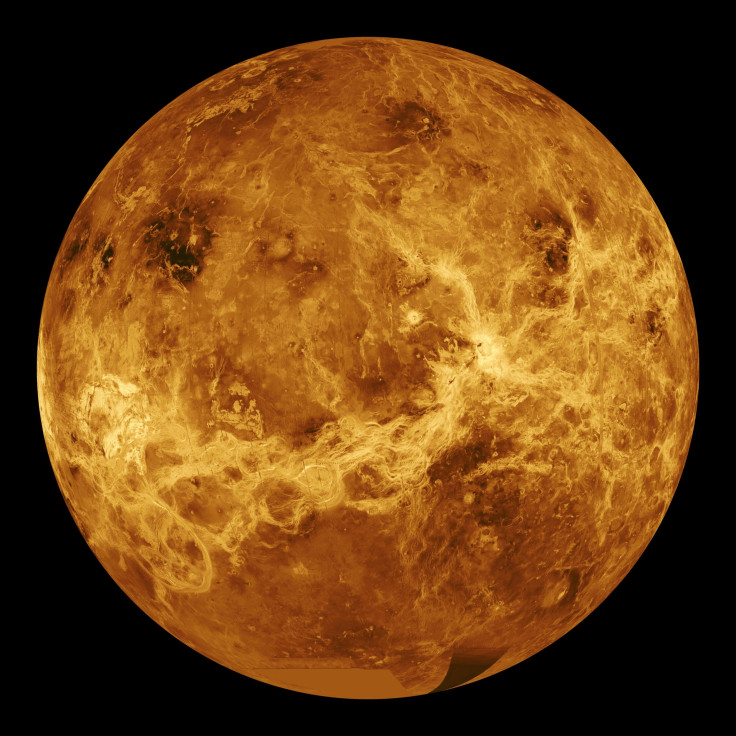Venus Might Once Have Been Habitable For Billions Of Years...What Happened?

A new study out from the Goddard Institute for Space Science suggests an unexpected chapter in the history of Earth’s celestial neighbor Venus.
According to experiments inspired the findings of NASA’s Venus Pioneer mission 40 years ago, signs seem to indicate that the second planet from the sun could once have been habitable before massive forces worked to transform it into the scorching and barren landscape we know today. This flies in the face of long-held notions in the scientific community that Venus is too close to the Sun to be habitable.
Presented by Dr. Michael Way at the EPSC-DPS Joint Meeting 2019 on Friday, the study claims that Venus may have sported a temperate climate and liquid water for 2-3 billion years. However, some series of events 700-750 million years ago caused a mass amount of carbon dioxide to be released from the planet’s rocks, enacting significant greenhouse forces on the planet and resurfacing 80 percent of it. Today, Venus has an atmosphere that is 96.5 percent carbon dioxide and an average surface temperature of 462 degrees Celsius.
“Our hypothesis is that Venus may have had a stable climate for billions of years,” Way said. “It is possible that the near-global resurfacing event is responsible for its transformation from an Earth-like climate to the hellish hot-house we see today.”
Using traces discovered by Pioneer Venus of shallow oceans on the planet, Way and his research partner Anthony Del Genio ran five simulations accounting for varying levels of water coverage, according to Euro-Planet Society. In each one, Venus proved able to sustain temperatures of 20-50 degrees for roughly 3 billion years.
“We need more missions to study Venus and get a more detailed understanding of its history and evolution,” Way said. “However, our models show that there is a real possibility that Venus could have been habitable and radically different from the Venus we see today. This opens up all kinds of implications for exoplanets found in what is called the ‘Venus Zone’, which may in fact host liquid water and temperate climates.”
© Copyright IBTimes 2024. All rights reserved.





















